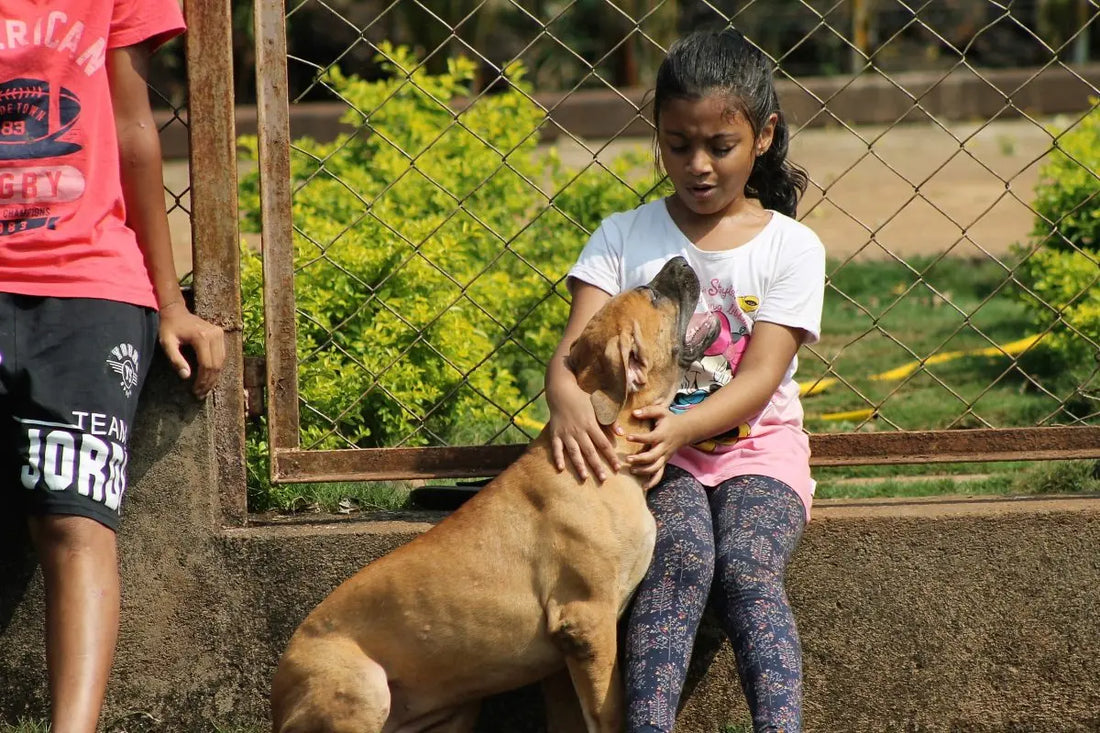
Controlling diabetes in Dogs
Nivedita FernandesUnderstanding Diabetes in Dogs: A Comprehensive Guide
Diabetes in dogs is a growing concern among pet owners and veterinarians. Much like in humans, diabetes in dogs is a chronic condition that requires diligent management and understanding to ensure your furry friend leads a healthy and fulfilling life. In this guide, we’ll dive into what diabetes in dogs entails, its causes, symptoms, treatment options, and ways to manage it effectively.
What is Diabetes in Dogs?
Diabetes in dogs occurs when their body cannot regulate blood sugar levels effectively. The pancreas either fails to produce enough insulin (Type 1 diabetes) or the dog's body becomes resistant to insulin’s effects (Type 2 diabetes). Insulin is essential for converting glucose into energy, and without proper insulin function, glucose builds up in the bloodstream, leading to hyperglycemia.
Type 1 diabetes is the most common form seen in dogs and is often a result of an autoimmune destruction of insulin-producing cells. Type 2 diabetes, although less common, is associated with obesity and other metabolic issues.
Causes of Diabetes in Dogs
Several factors can contribute to the development of diabetes in dogs, including:
-
Genetics: Certain breeds, such as Poodles, Dachshunds, and Beagles, are more prone to diabetes.
-
Obesity: Excess weight increases the risk of insulin resistance.
-
Age: Diabetes is more common in middle-aged and older dogs.
-
Hormonal Imbalances: Conditions like Cushing’s disease or chronic pancreatitis can predispose dogs to diabetes.
-
Diet: Poor-quality diets high in sugar or carbohydrates can stress the pancreas.
Understanding these causes can help you take proactive steps to reduce your dog’s risk of developing diabetes.
Recognizing the Symptoms of Diabetes in Dogs
Early detection of diabetes in dogs is crucial for effective management. Here are the most common symptoms to watch for:
-
Increased Thirst (Polydipsia): Your dog may drink water excessively.
-
Frequent Urination (Polyuria): You may notice your dog needing to go out more often.
-
Increased Appetite (Polyphagia): Despite eating more, your dog might still lose weight.
-
Weight Loss: Unexplained weight loss is a red flag.
-
Lethargy: Your dog may seem tired or less active.
-
Cloudy Eyes: This can indicate cataracts, a common complication of diabetes in dogs.
-
Sweet-Smelling Breath: A fruity odor might suggest ketoacidosis, a severe diabetes complication.
If you observe any of these symptoms, consult your veterinarian immediately for a diagnosis.
Diagnosing Diabetes in Dogs
Veterinarians diagnose diabetes in dogs through a combination of clinical signs, blood tests, and urine tests. Common diagnostic steps include:
-
Physical Examination: Assessing your dog’s overall health.
-
Blood Glucose Levels: Persistent hyperglycemia is a key indicator.
-
Urinalysis: Detecting glucose or ketones in the urine.
In some cases, additional tests may be required to rule out underlying conditions.
Treatment Options for Diabetes in Dogs
Managing diabetes in dogs involves a combination of medical treatment and lifestyle changes. The primary treatment options include:
-
Insulin Therapy: Most diabetic dogs require daily insulin injections to regulate blood sugar levels. Your veterinarian will prescribe the correct dosage and teach you how to administer the injections.
-
Dietary Management: A well-balanced diet low in simple sugars and high in fiber can help stabilize blood sugar levels. Specialized diabetic dog food is often recommended.
-
Exercise: Regular, consistent exercise helps maintain a healthy weight and improves insulin sensitivity.
-
Monitoring: Regularly checking your dog’s blood glucose levels at home ensures effective management.
Lifestyle Adjustments for Dogs with Diabetes
Adopting a structured routine is crucial for dogs with diabetes. Here are some tips:
-
Stick to a Schedule: Consistent feeding and insulin administration times help stabilize blood sugar levels.
-
Avoid High-Sugar Treats: Opt for low-sugar, diabetic-friendly treats.
-
Monitor Weight: Maintaining a healthy weight is essential for managing diabetes.
-
Regular Vet Visits: Schedule regular check-ups to monitor your dog’s condition and adjust treatment as needed.
Complications of Diabetes in Dogs
Untreated or poorly managed diabetes can lead to severe complications, such as:
-
Diabetic Ketoacidosis (DKA): A life-threatening condition requiring immediate veterinary care.
-
Cataracts: High blood sugar levels can cause clouding of the eyes, leading to vision loss.
-
Neuropathy: Nerve damage resulting in weakness or difficulty walking.
-
Infections: Diabetic dogs are more prone to infections, particularly urinary tract infections.
Preventing Diabetes in Dogs
While not all cases of diabetes in dogs can be prevented, there are steps you can take to reduce the risk:
-
Maintain a Healthy Weight: Prevent obesity through a balanced diet and regular exercise.
-
Provide a High-Quality Diet: Choose dog food with natural, wholesome ingredients and avoid excessive carbohydrates.
-
Regular Check-Ups: Early detection of health issues can prevent complications.
-
Spay Female Dogs: Hormonal changes in unspayed females can increase the risk of diabetes.
Living with a Diabetic Dog
Caring for a dog with diabetes requires commitment and patience, but the effort is well worth it. With proper management, many diabetic dogs live happy, healthy lives. Here are some practical tips:
-
Educate Yourself: Learn as much as you can about diabetes in dogs to make informed decisions.
-
Build a Support System: Work closely with your veterinarian and consider joining support groups for pet owners managing diabetic dogs.
-
Be Observant: Keep an eye out for any changes in your dog’s behavior or health and address concerns promptly.
Conclusion
Diabetes in dogs is a manageable condition with the right approach. Understanding its causes, symptoms, and treatment options empowers you to provide the best care for your furry friend. By maintaining a healthy lifestyle, adhering to treatment plans, and seeking regular veterinary advice, you can ensure your diabetic dog enjoys a high quality of life.
If you suspect your dog may have diabetes, consult your veterinarian without delay. Early diagnosis and proactive management make all the difference in keeping your dog happy and healthy.



